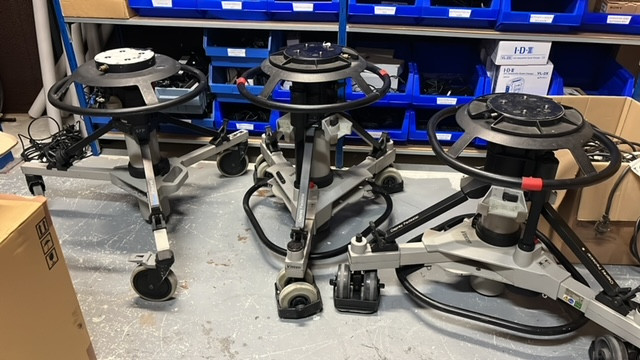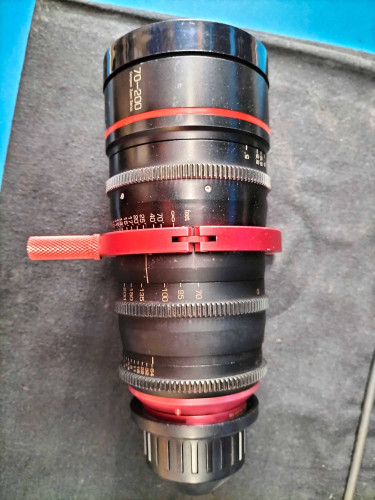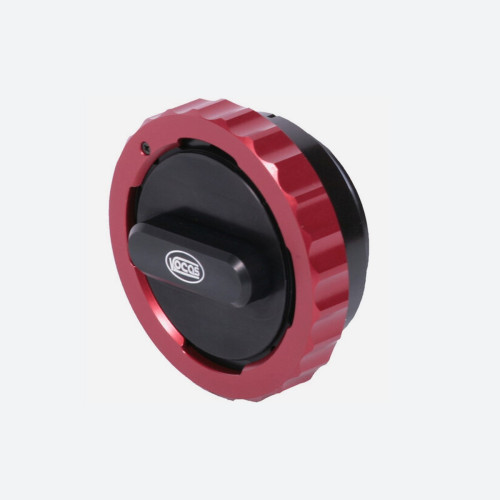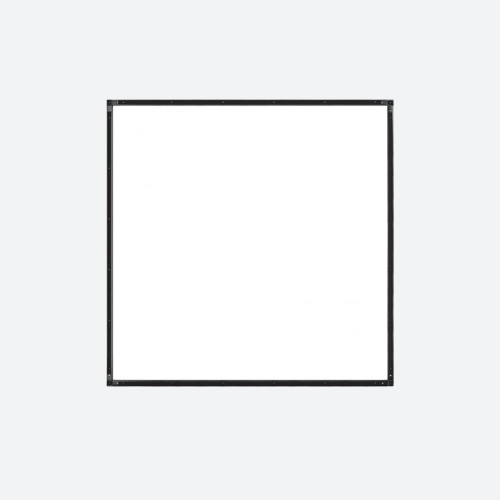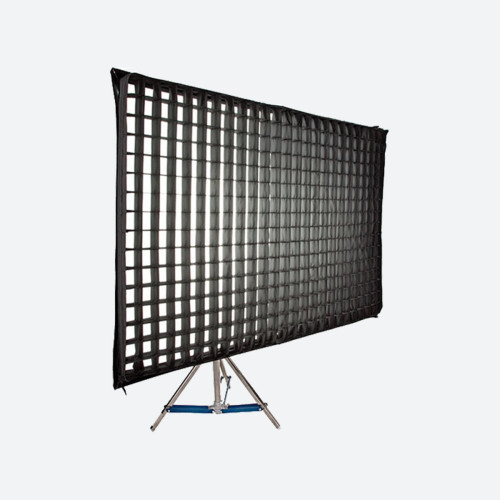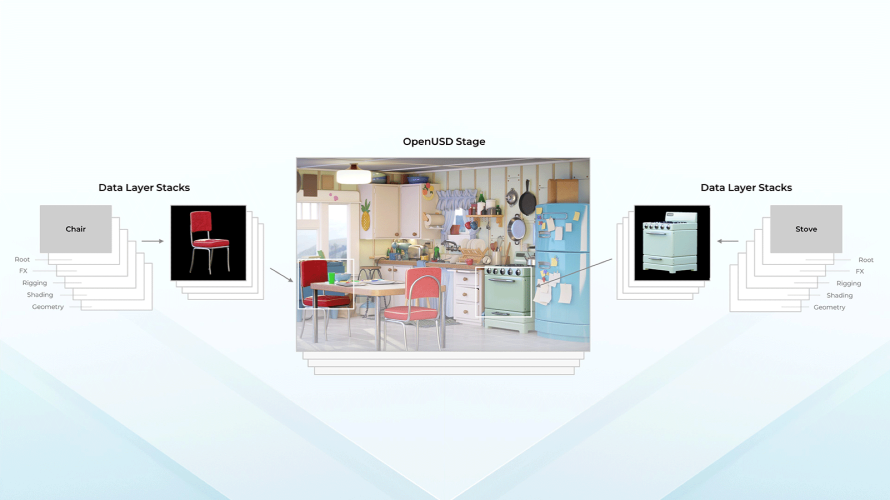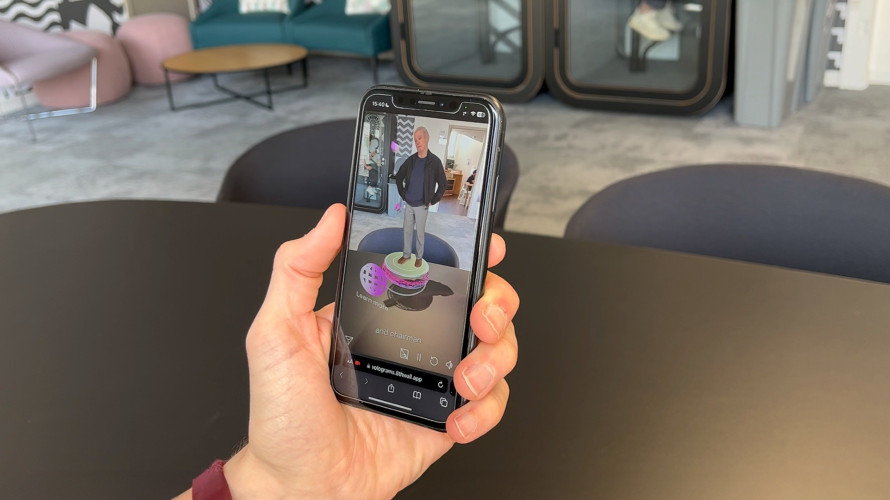For me, IBC2006 was the beginning of the modern 3D era. At an invitation-only presentation, 3ality’s CEO Steve Schklair described what his company was achieving with S3D. Suddenly it all made sense. With the accuracy of digital shoots and computer technology replacing difficulties and expense of working with film, 3D could now be viable.
Unlike the previous 3D eras this one has lasted longer and generated far, far more 3D production than any other, with many more people watching. After initial wild assumptions by some that it would be everywhere sometime soon we now know better. After all the hype of the earlier years and cooling just a bit at IBC2010, as realism kicked in with people wondering just how they can possibly produce 3D for the price of HD, I had IBC2011 marked down as the crunch show. I’m delighted that 3D came through with flying colours. Of course there is still a very long way to go and technologies at all stages from scene to screen will continue to develop for a long time yet.
One area that is helping production is the wide availability of made-for-3D products – in particular those that get away from doubling up 2D equipment. Twin-lens cameras make a lot of sense, like the AG-3DP1 mentioned last month. Although such cameras lack the versatility of full two-camera 3D rigs, they can still do plenty, and help to get a bit nearer that HD-production price. Interestingly this camera includes a two-axis convergence waveform that maps 3D objects in space. As this is visible to the operator, he is in-touch with what’s happening in his 3D space.
Knowing that perceiving S3D is all in the mind and older people may not accept it so well, I was interested to hear that a neighbour had just seen his first 3D movie. Yes he enjoyed it but he was put off by instances where an object was present on the edge of one ‘eye’, and not on the other. Robin Palmer, Managing Director of Cel-Soft explains about this artefact and how to avoid it. “The brain normally compensates for edge-violation when viewing the real world, as it does with many other inherent defects of human visual perception. Viewing through a television or cinema frame, however, it can become confused.” The conflict can do bad things to the audience causing eyestrain, headaches or even nausea.
Of course, you would hope that a major movie would manage to avoid the violation, especially as the problem can be fixed in post. My neighbour concluded that for his next 3D experience he would sit nearer the front so that the edges of the screen would only be in his peripheral vision. Mr Palmer offers a way to help avoid them in the first place by making edge violations clearly apparent during the shoot. Using the latest version of Cel-Scope3D, edge-violation can be automatically displayed in several ways, as alarms superimposed on the analyser’s display and by highlighting the offending objects on the depth map display. They can also be logged along with other parameter checks.
More standards
In recent weeks there have been no less then two statements about 3DTV transmission standards. In the USA the ASTC (atsc.org) that produced the original HD digital TV standard now proposes to develop a new one for 3DTV. The Planning Team 1 Report on 3DTV runs to 61 pages... but fortunately has an executive summary. It states that, “Three broad types of 3D broadcast services are analyzed including real-time transmission to fixed receivers, real-time transmission to mobile receivers and non-real-time delivery of 3D content.” It also aims to provide “essentially twice the amount of information with minimal impact or change in the
current standards and infrastructure for delivery of television video signals” – presumably using 3D coding such as side-by-side. We await further developments.
The other new standard comes from DVB (dvb.org) where its Steering Board has approved the commercial requirements for a second ‘phase’ 3DTV delivery system, DVB-3DTV Phase 2. This is referred to as ‘Service Compatible’. It is required by content deliverers and enables 2D and 3D versions of a programme to be broadcast within the same video signal, so that new 3D televisions and next-generation STBs can receive 3D programmes, while consumers with existing 2D HDTV receivers and set-top boxes can watch the 2D version. Readers may recall the original DVB-3DTV standard, which was agreed only in February this year and is now retrospectively appended with ‘Phase 1’. This is described as ‘Frame Compatible’ and has allowed Sky 3D, ESPN3D and others to work with existing HD STBs... provided you have a 3D TV set!
More monitors
There are several new 3D monitors coming onto the market, including compact on-rig versions. Marshall Electronics claims a world first with its autostereoscopic (no glasses) 3D 7-inch lightweight camera-top monitor – the Orchid (OR-70-3D). It uses ‘a parallax barrier and lenticular hybrid technology’ with a 1600 x 600 screen resolution. Marshall has obviously been thinking about the needs of 3D production and so has included a set of useful tools. For 3D calibration there is a dual real-time waveform and vectorscope, along with various 3D analysis features such as Check Box, Difference, Blending, Compare and more. When working with mirror rigs, the delay-compensated horizontal mirror flip should prove useful.
Teletest has introduced CYCLOPS-HD, a 7-inch ‘high resolution’ screen with 1,500nits brightness. Adding the S3D card provides a range of functions for mirror and parallel camera rig setup as well as a cyan and red anaglyph mode for viewing 3D pictures.
Transvideo has three ranges of CineMonitorHD 3DView monitors. The latest is the 3DView S range. Available in 10-, 12- and 15-inch sizes these can operate with non-sync cameras and DSLRs offering stereographer tools including a depth analyser, checkerboard, split modes and more.




